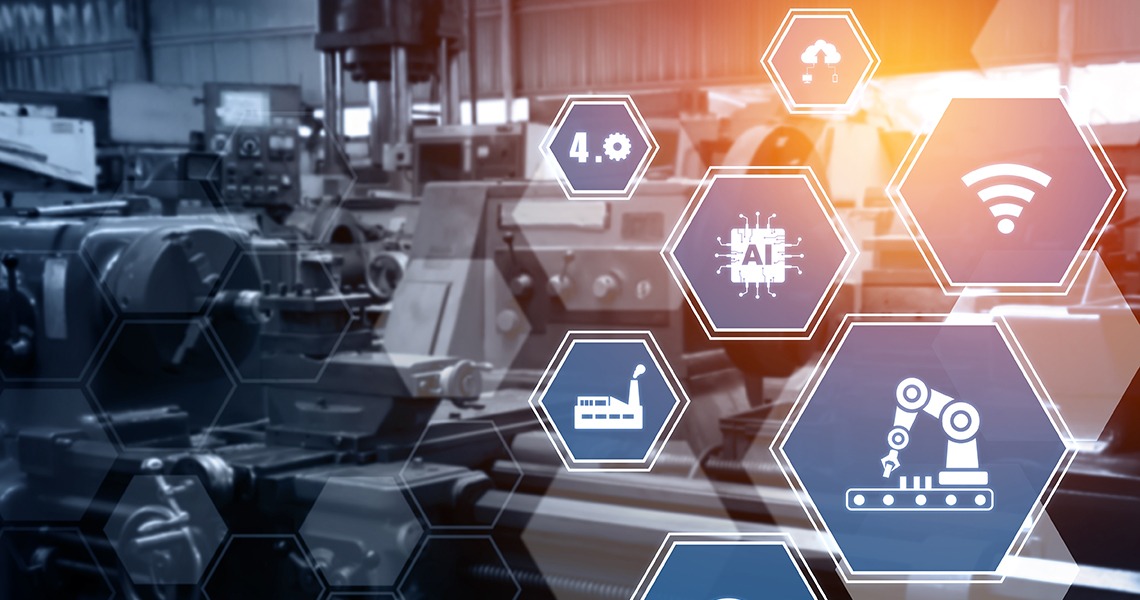Connected Industry can be defined as “the integration of advanced technologies and digital connectivity into industrial processes to create a more efficient, productive and interconnected manufacturing environment”. It is also commonly referred to as “Industry 4.0”.
Connected Industry leverages technologies such as Internet connectivity, data analytics, cloud computing, artificial intelligence, robotics and automation to transform traditional industrial operations. It aims to optimize production processes, improve supply chain management, enhance asset utilization and enable real-time decision making.
Keys to the Connected Industry
Key components of the Connected Industry include:
1. Internet of Things (IoT) devices
Industrial equipment, machines and sensors are connected to the Internet, enabling real-time data collection and sharing. These devices provide valuable information on operational performance, maintenance needs and resource utilization.
2. Data analysis
Collected data is analyzed using advanced analytical techniques to extract meaningful patterns, trends and actionable insights. This enables predictive maintenance, quality control, demand forecasting and process optimization.
3. Cloud computing
Cloud-based platforms and infrastructures are used to store and process large volumes of data generated by connected devices. Cloud computing provides scalability, accessibility and flexibility for data storage, analysis and collaboration across multiple locations.
4. Automation and robotics
The connected industry incorporates automation and robotics to streamline and optimize manufacturing processes. Robots and autonomous systems are used for tasks such as assembly, packaging, material handling and quality control, increasing productivity and efficiency.
5. Cybersecurity
As industrial systems become more connected, robust cybersecurity measures are essential to protect sensitive data, prevent unauthorized access, and ensure the integrity and reliability of industrial operations.
6. Digital twins
Digital twin technology creates virtual replicas of physical assets, machines or processes. This enables real-time monitoring, simulation and optimization, helping to identify inefficiencies, test scenarios and improve overall performance.
Benefits of the Connected Industry
– Improved efficiency: optimizes production processes, reduces downtime, minimizes waste and improves resource utilization, leading to greater operational efficiency and cost savings.
– Improved productivity: enables faster and more accurate decision making, resulting in increased productivity and throughput.
– Predictive maintenance: connected sensors and data analytics enable predictive maintenance, leading to timely repairs and reduced unplanned downtime.
– Agile supply chain: real-time data sharing across the supply chain facilitates better coordination, demand forecasting, inventory management and efficient logistics, resulting in a more agile and responsive supply chain.
– Quality control and safety: Continuous monitoring and data analysis improve quality control processes, product traceability and safety measures, ensuring higher product quality and regulatory compliance.
– Innovation and flexibility: The Connected Industry fosters innovation by enabling the integration of new technologies, product customization and adaptability to changing market demands.



